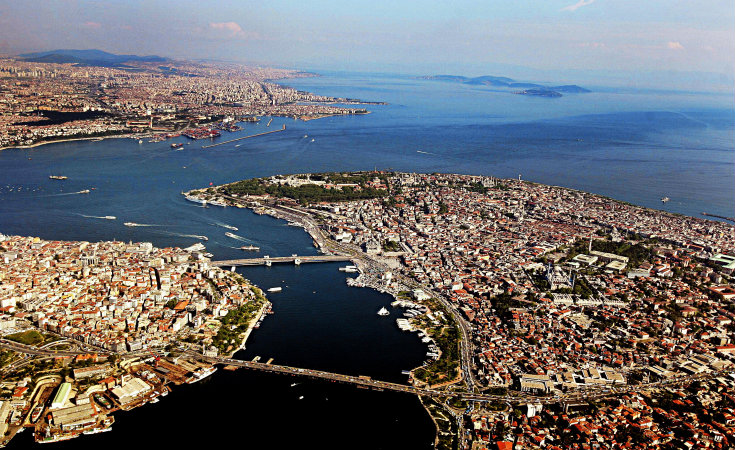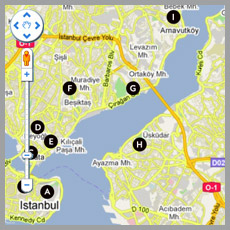 Earning the title of European Capital of Culture 2010 promises lasting change for the Turkish city, says Jenny Southan
Earning the title of European Capital of Culture 2010 promises lasting change for the Turkish city, says Jenny Southan
Through the floor-to-ceiling windows of the Istanbul Modern art gallery there is a shimmering stretch of ultramarine water, the Bosphorus, which joins an inlet known as the Golden Horn before flowing into the Sea of Marmara. The strait is traversed by powerboats and ships, and beyond is the hazy horizon of the city’s Asian shores on one side and the mosques of the old European city on the other.
Here, the “New Works, New Horizons” exhibition provides an excellent illustration of the Turkish city’s position today. As one of three European Capitals of Culture this year – the others being Pecs in Hungary and Essen in Germany – it is investing heavily in promoting the arts, with a rich tapestry of about 600 events held throughout 2010. You only have to take in a few of the works at the gallery to get a sense of how the city has developed, from its Eastern and Western influences and unique cultural identity to the historical evolution documented by the myriad paintings, installations and sculptures.
The choice of Istanbul as a Capital of Culture surprised some, given it is not yet a member of the European Union. So how did it qualify? A representative for the European Commission, the body responsible for making the selections since the competition’s inception 25 years ago, says: “It was chosen under a different legal base, which allowed cities from third [non-EU] countries to hold the title. This year is the last occasion when this is possible. The possibility for third countries to hold the title was stopped as the European Union progressively became much larger.”
Those who are familiar with the city won’t doubt it is a worthy title-holder, given its illustrious past, cosmopolitan cuisine and diverse architectural styles. Still, these factors don’t in fact influence the decision-making process. The EC representative says: “The things that aren’t looked at are the city’s history and its beauty – they are things that can be used to its advantage but it’s more about the programme of cultural activities that it proposes. It’s really ambitious because it lasts for the whole year.”
Click to continue: Business Traveller



















